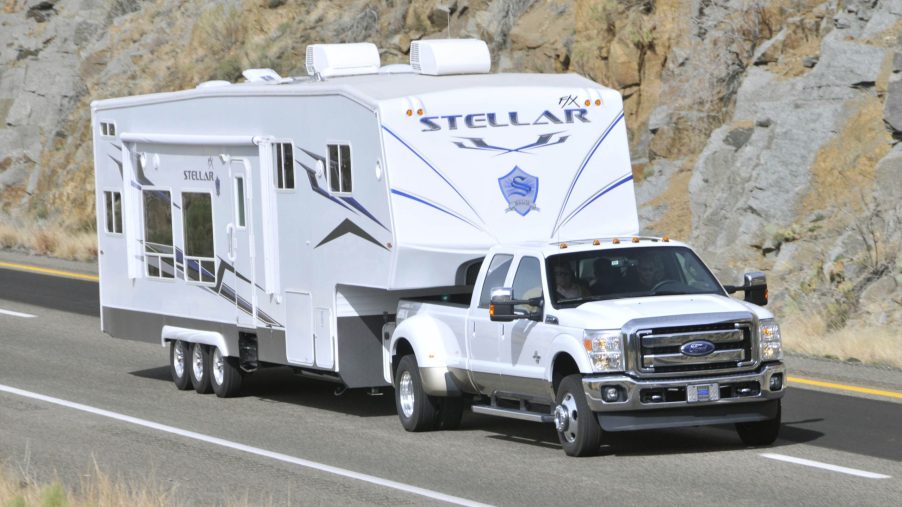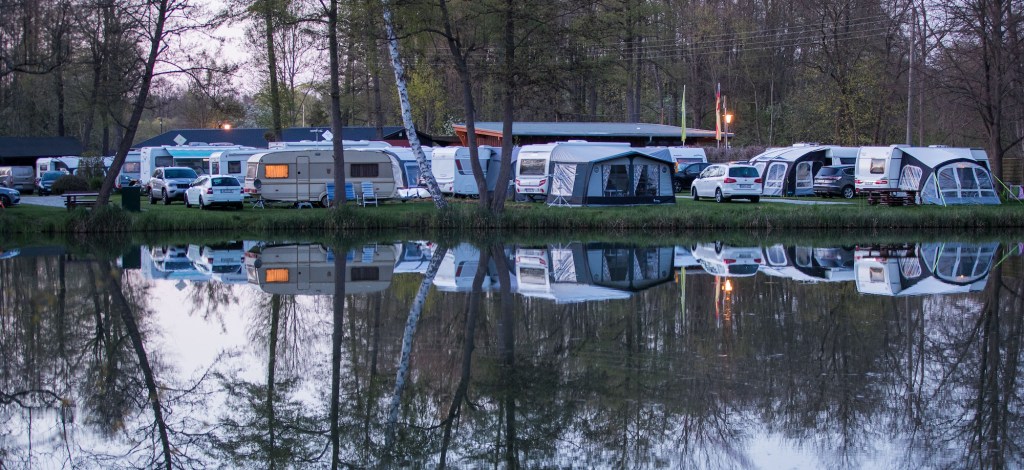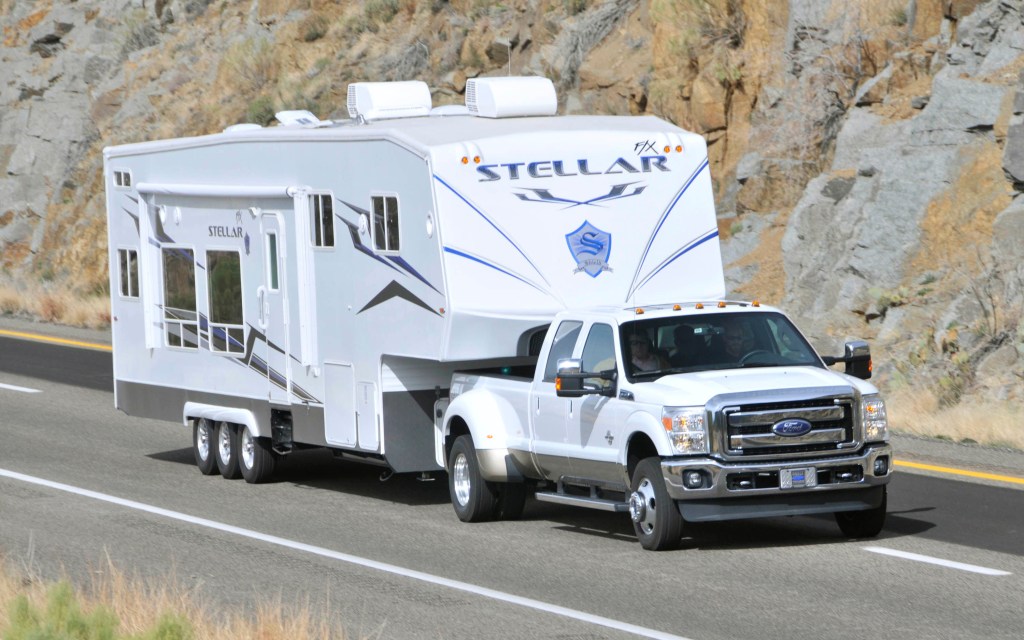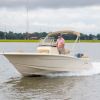
How to Park Your Fifth-Wheel RV Like a Pro
The COVID-19 pandemic has been tiresome, long, and down-right depressing in every way possible. The isolation and immobility many of us have experienced over the previous year have been too much. As a result, the fifth-wheel RV industry has seen an unprecedented boom.

With this boom, we are seeing many first-time RVers taking to the road in massive numbers. Although there are plenty of motorhomes and camper vans, the tow-behind fifth-wheel RV is still mighty popular and requires a specific set of driving skills. Parking is often one of the most challenging parts of pulling a trailer for many drivers.
Don’t show up to the campground looking like a punk
I’m kidding – kind of. Listen, learning to safely pull and park a trailer can be tough. There is no shame in struggling with the backward, “Bizzaro” steering required to park a trailer. It takes time and practice. Hopefully, with a few tips, learning this recreational skill set can be a little less intimidating.
ToGoRV.com suggests that a strong first step would be learning the various commands and terminology associated with driving and parking a trailer. It is common that with big enough rigs, drivers will have a spotter who will help to direct them in parking the fifth-wheel RV.
Here are a few terms that might be helpful to know; the “blind side” will typically refer to the camper’s passenger side that the driver can’t see as well. This mostly applies to turning the rig and one side disappearing from the driver’s view. Neutral position refers to the tow vehicle steering position when the RV goes straight.
“Jacking” refers to when your tow vehicle and fifth wheel are turning in opposite directions. “Chasing” describes when the tow vehicle tries to straighten out to line up with the RV. “Crank it all the way” is fairly self-explanatory, but it is what a spotter may say when they want you to turn the steering wheel as far as you can in a certain direction.
Now it’s time to park your fifth wheel RV
First, select your driver and spotter. Think of the spotter as the quarterback to your RV parking team. (As ToGoRV.com suggests, maybe the bossiest of the crew would do best as a spotter.) If your fifth-wheel RV is big enough, you might need to use hand signals or even walkie-talkies to communicate clearly.
Most hand signals are fairly ubiquitous and easy to understand. Things like pointing to the left or right to indicate which way the driver should turn or making a fist or an “X” with your arms to mean “stop” are all common signals most people will know. Whichever signals you use, make sure both parties understand them.

Before you do anything, remember this word, “GOAL.” Get Out and Look. This can save you from making easily avoidable mistakes. Look around and see if there are low tree branches, holes in the ground, rocks, or steep drops. From the driver’s seat, things like these can be easily missed. Once you’re ready to rock and roll, it is wise to turn off any music or other media and focus on driving and communicating with your parking partner. Always make sure to roll down your window to see and hear your spotter better.
Your other left!
ToGoRV.com makes sure to point out that the main thing that makes people struggle with backing trailers is that the controls are reversed. Ensure the driver and the spotter both understand that to make the rear of the trailer turn left, the driver must steer to the left, which will make the front of the trailer go in the opposite direction. You’ll do well to keep this in your head as your park, so you don’t get overly stressed and confused. The overall goal should be to snake small precise movements and keep calm; it’s not rocket science.
Lastly, remember this list of handy tips; practice in an open parking lot, keep your hands lower on the steering wheel, go slow, and remember the slight steering delay; keep your eyes up, GOAL, and don’t rely on your backup camera.



